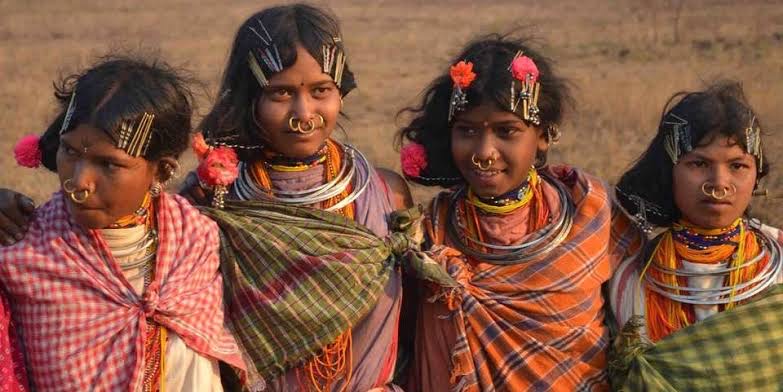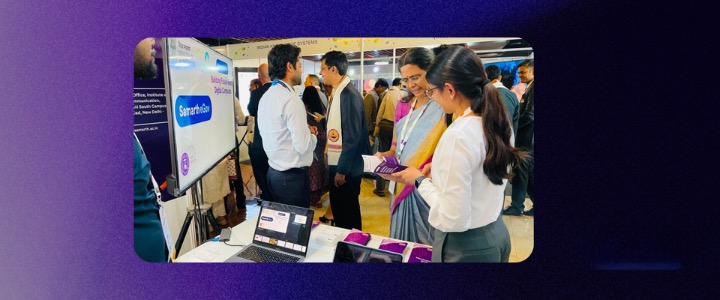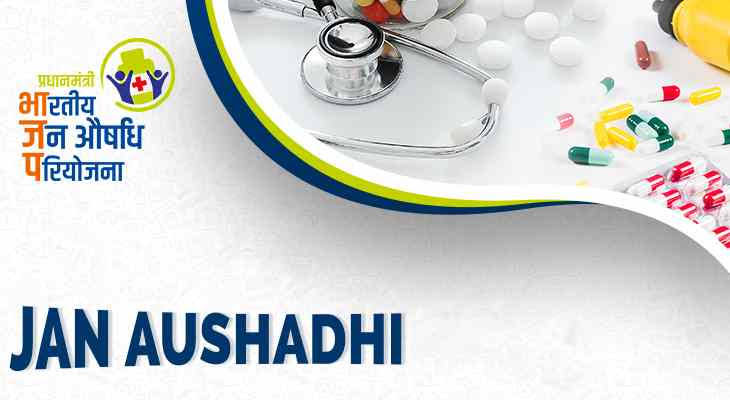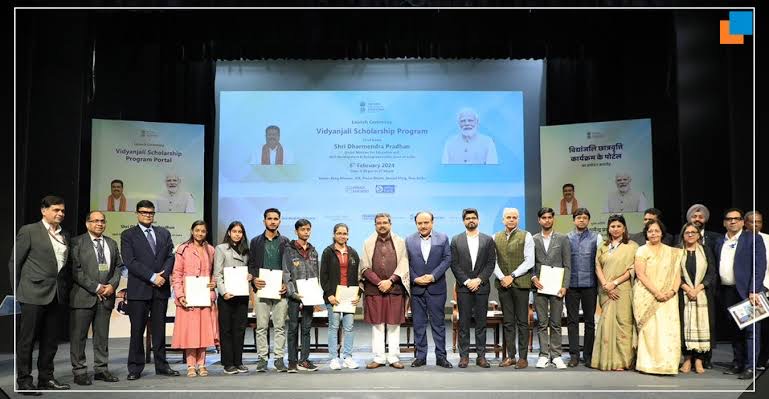Rajya Sabha passes Bills to add PVTGs of Odisha, A.P. in ST lists (Indian Express)

- 07 Feb 2024
Why is it in the News
The Rajya Sabha recently passed two Bills, which seek to modify the list of Scheduled Castes and Scheduled Tribes in Odisha and Andhra Pradesh.
News Summary:
- The Rajya Sabha recently approved the Constitution (STs) Order Amendment Bill 2024 and the Constitution (SCs and STs) Order Amendment Bill 2024, introduced by the Ministry of Tribal Affairs.
- This development paves the path for the inclusion of numerous new communities in the Scheduled Tribes (STs) list of Odisha, along with the incorporation of synonyms and phonetic variations of existing tribes in the ST lists of both Andhra Pradesh and Odisha.
About the Legislation:
- The recently passed bills introduced notable changes to the Scheduled Tribes (STs) lists of Odisha and Andhra Pradesh, particularly focusing on the inclusion of seven Particularly Vulnerable Tribal Groups (PVTGs), a subset of STs, with four additions in Odisha and three in Andhra Pradesh.
- In Odisha, the PVTGs added include:
- Pauri Bhuyan and Paudi Bhuyan as synonyms of the Bhuyan tribe.
- Chuktia Bhunjia as a synonym of the Bhunjia tribe.
- Bondo as a sub-tribe of the Bondo Poraja tribe.
- Mankidia as a synonym for the Mankirdia tribe.
- In Andhra Pradesh, the PVTGs added are:
- Bondo Porja and Khond Porja as synonyms of the Porja tribe.
- Konda Savaras as a synonym for the Savaras tribe.
- These additions mark a significant step as these groups, belonging to PVTGs, have been included in the scheduled list after 75 years of independence.
Additional Changes:
- Apart from these additions, the bills also facilitated changes in Odisha's ST list, including the relocation of two entries, Tamadia and Tamudia, from the Scheduled Castes list to the Scheduled Tribes list.
- Furthermore, synonyms, phonetic variations, and sub-tribes of at least eight existing communities in Odisha's ST list were added through the bill.
- Expanding Odisha's ST list, the bills introduced two new entries:
- The Muka Dora community (and synonyms) in undivided Koraput District, which comprises Koraput, Nowrangapur, Rayagada, and Malkangiri districts.
- The Konda Reddy (and synonyms) community.
Who are Particularly Vulnerable Tribal Groups (PVTGs)?
- Particularly Vulnerable Tribal Groups (PVTGs), as defined by the Ministry of Tribal Affairs (MoTA), comprise 75 distinct tribal communities in India.
- These groups are characterized by:
- Pre-agriculture level of technology,
- Stagnant or declining population trends,
- Extremely low literacy rates, and
- Subsistence level of economy.
- PVTGs were identified as a separate category based on the recommendations of the 1961 Dhebar Commission. Initially, there were 52 PVTGs, and over time, the list has expanded to include 75 groups across 18 states and Union Territories.
- According to data from the MoTA and the 2011 Census, Odisha has the largest population of PVTGs, with 8.66 lakh individuals, followed by Madhya Pradesh with 6.09 lakh and Andhra Pradesh (including Telangana) with 5.39 lakh.
- Overall, the total PVTG population exceeds 40 lakh, with Odisha's Saura community being the largest PVTG, numbering 5.35 lakh individuals.
SAMARTH Centers (PIB)

- 07 Feb 2024
Why is it in the News
Recently, the Minister of State for Heavy Industries informed the Lok Sabha about SAMARTH Centres.
About SAMARTH Centres:
- The Smart Advanced Manufacturing and Rapid Transformation Hub (SAMARTH) centers are established under the Scheme for "Enhancement of Competitiveness in the Indian Capital Goods Sector."
- These centers play a crucial role in assisting Micro, Small, and Medium Enterprises (MSMEs) by providing workforce training and raising awareness about Industry 4.0 technologies through:
- Organizing seminars, workshops, and knowledge-sharing events on Industry 4.0.
- Conducting training sessions to create awareness about Industry 4.0.
- Offering consultancy services (including in areas such as IoT hardware, software development, and data analytics) and providing incubation support to start-ups, including MSMEs.
Key Highlights of the Enhancement of Competitiveness in the Indian Capital Goods Sector Scheme:
- Initiated by the Ministry of Heavy Industries, this scheme aims to address technological obsolescence and improve access to quality industrial infrastructure and common facilities.
- Phase I of the scheme was launched in November 2014, focusing on skill development, infrastructure enhancement, and technology development in the Capital Goods Sector.
- Phase II, commenced on January 25, 2022, aims to amplify the impact created by Phase I by fostering a strong and globally competitive capital goods sector, contributing at least 25% to the manufacturing sector.
Components of the Scheme:
- Identification of Technologies through Technology Innovation Portals.
- Establishment of four New Advanced Centres of Excellence and augmentation of Existing Centres of Excellence.
- Promotion of skilling in the Capital Goods Sector, including the creation of qualification packages for skill levels 6 and above.
- Establishment of four Common Engineering Facility Centres (CEFCs) and augmentation of existing CEFCs.
- Augmentation of Existing Testing and Certification Centres.
- Establishment of ten Industry Accelerators for Technology Development.
Pradhan Mantri Bhartiya Jan Aushadhi Kendras (PIB)

- 07 Feb 2024
Why is it in the News
PACS have been allowed by the Government to operate Pradhan Mantri Bhartiya Jan Aushadhi Kendras (PMBJK) under the Pradhan Mantri Bhartiya Jan Aushadhi Pariyojana of Department of Pharmaceuticals, Ministry of Chemicals and Fertilizers (GOI).
About Pradhan Mantri Bhartiya Jan Aushadhi Kendras:
- Pradhan Mantri Bhartiya Jan Aushadhi Kendras are established as part of the Pradhan Mantri Bhartiya Janaushadhi Pariyojana, initiated by the Department of Pharmaceuticals, Ministry of Chemicals and Fertilisers in November 2008.
Objective:
- The primary objective is to ensure the availability of quality medicines at affordable prices for all segments of society, particularly the economically disadvantaged, thereby reducing out-of-pocket healthcare expenses.
- These Kendras offer generic drugs that are equivalent in quality and efficacy to expensive branded drugs but are available at significantly lower prices.
- All essential therapeutic medicines are stocked in Jan Aushadhi Stores, along with allied medical products commonly found in chemist shops, enhancing the viability of operating a Jan Aushadhi store.
- The Pharmaceutical & Medical Devices Bureau of India (PMBI), established under the Department of Pharmaceuticals, Government of India, with the support of all Central Public Sector Undertakings (CPSUs), coordinates the procurement, supply, and marketing of generic drugs through the PMBKs.
Eligibility to Open a Jan Aushadhi Kendra:
- State Governments, reputable NGOs, trusts, private hospitals, charitable institutions, doctors, unemployed pharmacists, and individual entrepreneurs are eligible to apply for establishing a new Jan Aushadhi Kendra.
- Applicants are required to employ a Bachelor of Pharmacy (B Pharma) or Diploma in Pharmacy (D Pharma) degree holder as a pharmacist in their proposed store.
The Nagoya Protocol (Down To Earth)

- 07 Feb 2024
Why is it in the News
Cameroon, a central African country recently adopted the Nagoya Protocol on Access and Benefit Sharing.
About the Nagoya Protocol:
- The Nagoya Protocol on Access to Genetic Resources and the Fair and Equitable Sharing of Benefits Arising from their Utilisation (the Protocol) is a globally binding agreement designed to fulfill the access and benefit-sharing obligations outlined in the Convention on Biological Diversity (CBD).
- Adopted in Nagoya, Japan, in October 2010, the Protocol came into effect on October 12, 2014, following the deposit of the fiftieth instrument of ratification.
- It establishes a transparent legal framework to ensure the fair and equitable distribution of benefits derived from the use of genetic resources, a key objective of the CBD.
Benefits of the Protocol:
- It provides researchers with a structured framework to access genetic resources for biotechnological research and development while ensuring a fair share of benefits derived from their utilization.
- Indigenous and local communities stand to benefit from the recognition and protection of traditional knowledge associated with genetic resources.
Scope of the Protocol:
- The Protocol covers genetic resources within the scope of the CBD and addresses the benefits arising from their utilization.
- Additionally, it encompasses traditional knowledge linked to genetic resources covered by the CBD and the benefits derived from its utilization.
Key Facts about the Convention on Biological Diversity (CBD):
- With 196 contracting parties, the CBD is the most comprehensive binding international agreement for conserving nature and sustainably managing natural resources.
- Opened for signing at the UN Conference on Environment and Development in Rio de Janeiro in 1992, the CBD aims to conserve biological diversity, ensure its sustainable use, and promote the fair and equitable sharing of benefits.
- The CBD covers biodiversity across ecosystems, species, and genetic resources.
- The Conference of the Parties (COP) serves as the highest decision-making body of the Convention, with the Secretariat based in Montreal, Canada.
- To further CBD objectives, two internationally binding agreements were adopted: the Cartagena Protocol in 2000, regulating the transboundary movement of living modified organisms, and the Nagoya Protocol in 2010, facilitating access to genetic resources and the equitable sharing of benefits.
Vidyanjali Scholarship Programme (India Today)

- 07 Feb 2024
Why is it in the News
Recently, the Union Minister of Education and Skill Development & Entrepreneurship launched the EdCIL Vidyanjali Scholarship Programme.
About the Vidyanjali Scholarship Programme:
- The Vidyanjali Scholarship Programme ensures equitable access to high-quality educational systems by facilitating a seamless transition from secondary to higher education and providing financial support to meritorious students from Navodaya Vidyalayas who lack financial means.
- It embodies a holistic approach to empowerment, aiming to expand educational opportunities, especially for students from economically disadvantaged backgrounds.
- The programme aims to secure assistance and funding from non-governmental partners and private sources, including CSR grants, national and international donors, and impact investors.
- Initially, the programme will benefit students in grades XI and XII studying in Navodaya Vidyalayas across the country.
- A dedicated fintech platform has been developed under Vidyanjali to disburse sponsorships to students through Direct Benefit Transfer (DBT).
- This platform plays a crucial role in data management, application processing, progress tracking, grant disbursement monitoring, fund utilization monitoring, generating impact reports for Sustainable Development Goals (SDGs), recognizing notable student achievements, and publicly acknowledging the support of funders, among other functions.
What is EdCIL?
- Educational Consultants India Limited (EdCIL) is the sole Public Sector Undertaking under the Ministry of Education, Government of India.
- Established on June 17, 1981, under the Companies Act, 1956, it holds the distinction of being categorized as a 'Mini Ratna Organisation' by the Government of India.
- EdCIL provides consultancy and technical services in various domains of education and human resource development, both domestically and globally.
- Its clientele includes numerous state and central government departments, public sector undertakings (PSUs), and autonomous bodies such as Indian Institutes of Technology (IITs), Indian Institutes of Management (IIMs), Indian Institutes of Information Technology (IIITs), Kendriya Vidyalayas, and Navodaya Vidyalayas.
